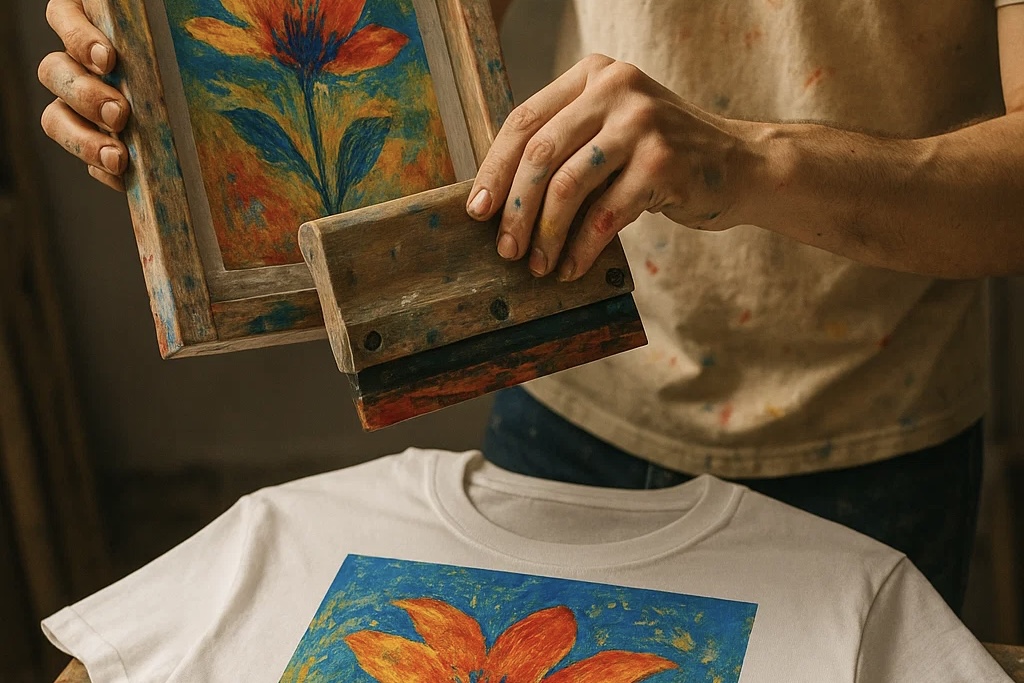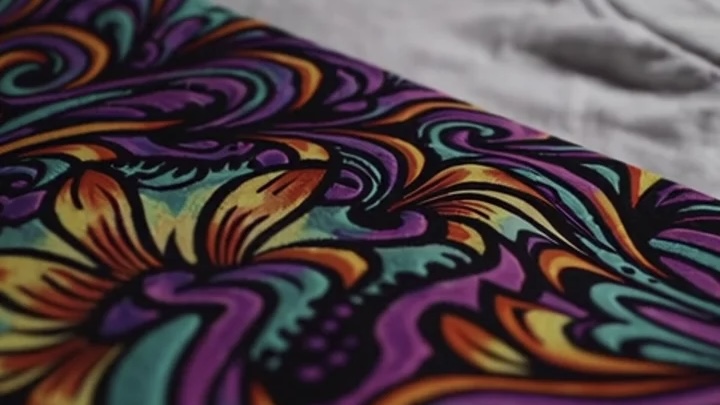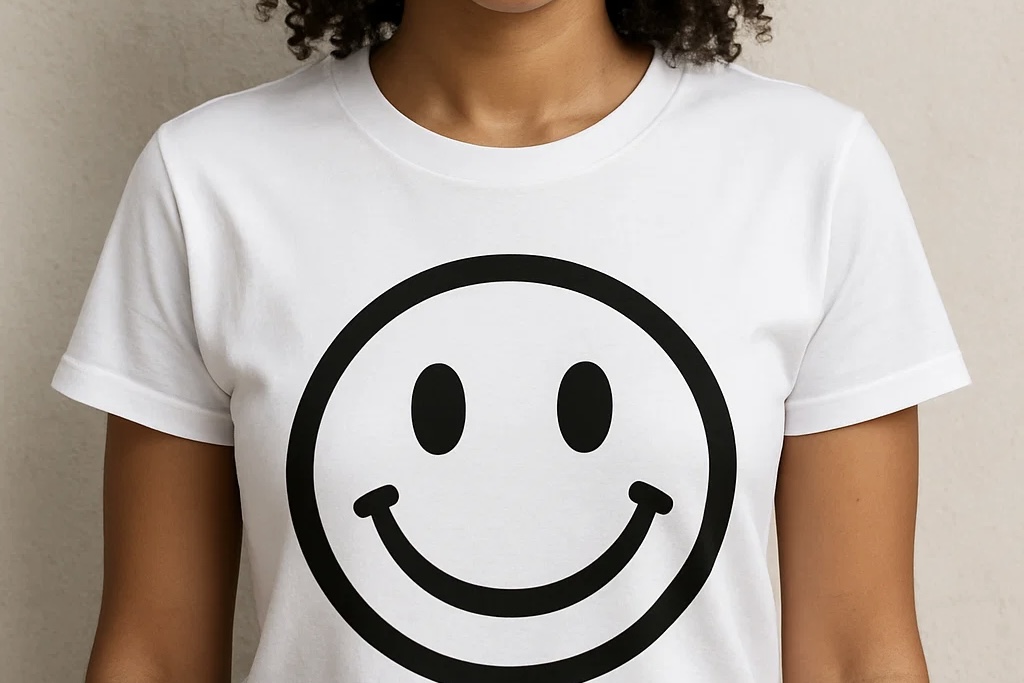A Closer Look at Environmental Pollution
Let’s start with the harsh truth: traditional t-shirt printing has a dirty secret. It’s not just about cute graphics or bold slogans—it’s also about what’s lurking behind the scenes. In the conventional printing world, especially in fast fashion, methods like plastisol screen printing dominate. They’re quick, consistent, and cheap. But at what cost?
The environmental toll is massive. Each printed shirt contributes to a wave of pollution that flows straight into our rivers, groundwater, and ecosystems. Industrial printing setups often discharge untreated wastewater filled with ink residues and chemical solvents. These contaminants don’t just vanish—they leach into the earth, harming aquatic life and even making their way into our water supply. It’s a crisis that’s been brewing for decades, hidden behind racks of discounted tees.
At Tishastra, we saw this crisis for what it truly is—a call to action. We knew that beautiful clothes shouldn’t come at the expense of a beautiful planet. That’s why we made the choice to go clean, green, and toxin-free in everything we do.
The Chemical Cocktail of Plastisol Inks

Most consumers don’t realize what’s actually in the ink used on their favorite t-shirts. Plastisol ink—the industry standard—is made with PVC (polyvinyl chloride) and often includes plasticizers like phthalates. These are petroleum-based chemicals known to be harmful not just to the environment but to human health as well.
Here’s the thing: PVC doesn’t break down easily. It lingers in the environment, and when incinerated, it releases toxic dioxins—some of the most dangerous pollutants known to science. These dioxins can accumulate in the food chain, ultimately impacting animals and humans alike.
And for workers in the printing industry? Exposure to these substances daily can lead to respiratory issues, skin irritation, and long-term health risks. That’s not okay.
At Tishastra, we ditched plastisol entirely. We use only water-based inks that are free from PVC, phthalates, and other harmful compounds. Our inks are designed to be safe for you, safe for our team, and safe for the Earth.
Energy Consumption and Wastewater Issues
Another huge problem with traditional printing is energy use. Plastisol inks need to be cured at very high temperatures—usually upwards of 320°F (160°C). This isn’t a one-time thing. Multiply that by thousands of shirts, running daily, and you’ve got a massive carbon footprint on your hands.
And then there’s the water. Tons of it. Not just for the actual printing but for cleaning screens, mixing solvents, and managing spills. When the waste is flushed, it carries with it a toxic blend of chemicals that’s hard to treat and dangerous to dump.
Tishastra doesn’t play that game. Our water-based printing method cures at lower temperatures, drastically cutting down on energy use. And since our inks are non-toxic and biodegradable, our cleanup routine doesn’t involve nasty solvents or hazardous waste. It’s just soap, water, and a little love.
Why Sustainability in Fashion Can’t Wait
How Fast Fashion Fuels a Global Crisis
Fast fashion may feel affordable and convenient, but it’s one of the most destructive industries on the planet. It thrives on overproduction, underpaid labor, and throwaway culture. Every year, billions of garments are churned out and discarded just as fast—many of them printed using the cheapest, most toxic methods available.
The pressure to stay “on-trend” has created a vicious cycle where clothing is considered disposable. But what we throw away doesn’t just disappear. It ends up in landfills, incinerators, or worse—dumped in countries ill-equipped to deal with the waste.
At Tishastra, we reject the idea that fashion should be fast and forgettable. We believe in slow, intentional production—where each piece is crafted with care, designed to last, and made with materials that respect the Earth.

The Role of Conscious Consumers
The good news? You have more power than you think. As a consumer, every purchase you make is a vote—for the kind of world you want to live in. And today, more people are waking up to the impact of their buying choices.
Movements like #SlowFashion and #WhoMadeMyClothes are pushing the industry toward transparency. People want to know: where was this made? Who made it? What’s it made of? And was anyone—or anything—harmed in the process?
At Tishastra, we’re proud to say our answers check every box. Ethical sourcing? Check. Safe, sustainable printing? Absolutely. Transparency? Always. We invite our customers into our process, not just to show off, but because we believe trust is the foundation of change.
A New Wave: The Rise of Brands Like Tishastra
Change isn’t just possible—it’s already happening. Across the world, a new wave of brands is choosing purpose over profit, sustainability over shortcuts. Tishastra is proud to be part of this movement.
Our commitment to eco-conscious printing isn’t just a marketing gimmick. It’s woven into every fiber of our operation. From sourcing high-quality, organic cotton to using non-toxic, water-based inks, we’re reimagining what fashion can be.
We’re not here to churn out mass-market t-shirts. We’re here to create clothing that matters—for you, for the people who make it, and for the planet we all share.

